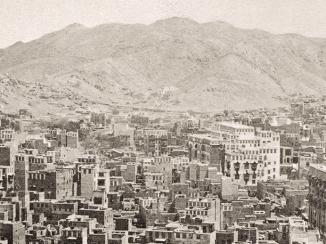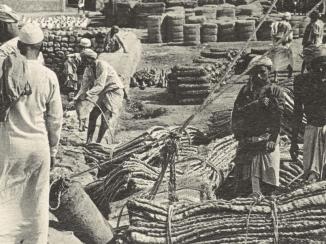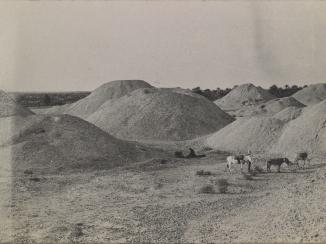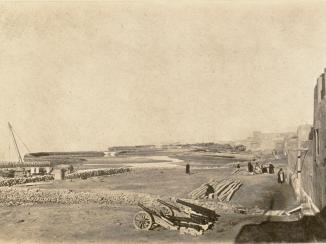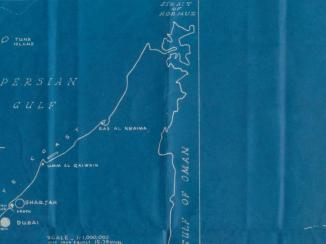Overview
The Sultanate of Oman is located on the south-eastern corner of the Arabian Peninsula with a population of approximately three million persons. Its capital is Muscat.
Consisting of a mountainous interior and the al-Batinah coastal plain where the main settlements such as Muttrah and Sohar lie, Oman is geographically and culturally quite distinct from the other Gulf States. Due to its sovereignty over the Musandam peninsula it occupies a position of great geo-strategic importance at the entrance to the Gulf.
To the south, across five hundred miles of arid plateau, the province of Dhofar, is the only part of the Arabian peninsula to receive the Indian Ocean monsoon.
The harbour of the capital, Muscat, is guarded by two imposing forts originally built by the Portuguese. The current ruling Al Bu Said dynasty was founded in 1749 after a period of civil war. Following the expulsion of the Portuguese, Oman was the preeminent power in the western Indian Ocean until it came under British influence in the nineteenth and twentieth centuries. Although Britain accorded Oman the status of sovereign monarchy – the Sultans of Muscat received a twenty-one-gun salute, for example – Britain simultaneously cut off two lucrative sources of revenue, the trade in slaves and guns.
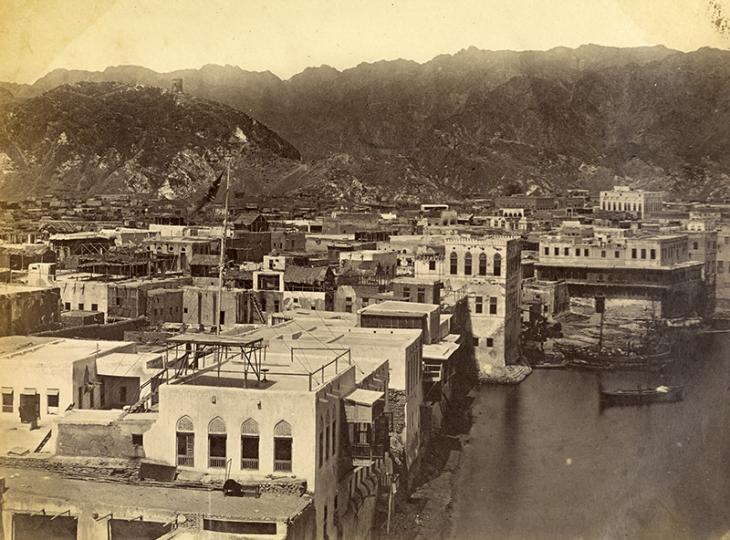
Whilst it never officially became a British protectorate, in 1895 the British pledged to defend the sultan from the tribes of the interior, culminating in the defence of Muscat by Indian Army troops 1913–20 against rebelling tribes. The 1920 Treaty of Sib marked the de facto division of the interior, under the rule of the Imam, from the coast, under the rule of the British-backed sultan. This division remained until 1955 when the quest for oil led to the military reoccupation of the interior.
The current Sultan, Qaboos, came to power after overthrowing his father in a palace coup in 1970 at the height of the Dhofar War, 1965–75.
Oil was discovered in 1964 at Fahud and first exported in 1967. Oman’s economy is still overwhelmingly reliant on hydrocarbons although there have been attempts to diversify the economy.
Until 1970 the country was known as the Sultanate of Muscat and Oman.
Oman remains an absolute monarchy although a consultative council has some limited powers of reviewing legislation.
Key moments from Oman’s history in the India Office Records include
- 1861: British mediation leading to a creation of separate Sultanates in Zanzibar and Muscat (IOR/L/PS/3/84)
- 1895: Pledge to protect Muttrah and Muscat from attack (IOR/R/15/1/391)
- 1920: Treaty of Sib: de facto division of interior under Imam and coast under British backed Sultan (IOR/R/15/1/416)
- 1946 Said bin Taimur’s strategy to retake the interior (IOR/R/15/1/425)
Suggested reading
Robert Alston and Stuart Laing, Unshook Till the End of Time: A History of Relations Between Britain and Oman (London: Gilgamesh Publishing, 2012)
M. Reda Bhacker, Trade and Empire in Muscat and Zanzibar: Roots of British Domination (London: Taylor and Francis, 2002)
Hussein Ghubash, Oman: the Islamic Democratic Tradition (London, Routledge, 2006)
Francis Owtram, A Modern History of Oman: Formation of the State since 1920 (London: IB Tauris, 2004)
John Peterson, Oman in the Twentieth Century (London: Croom Helm 1978)
